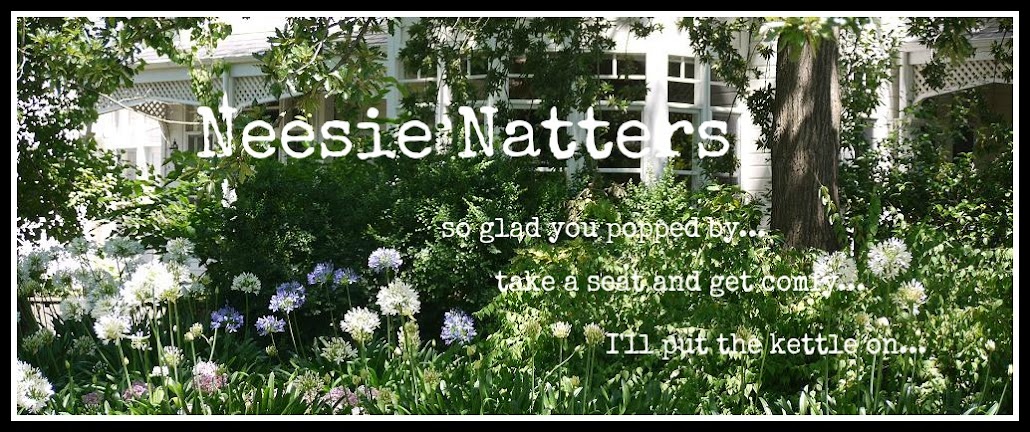I was so relieved to hear the news that Nelson Mandela (also known by his clan name "Madiba")
was recovering at home in Johannesburg, after spending a few days in hospital suffering from a respiratory infection.
He contracted tuberculosis in 1988 while in jail on Robben Island and also had a respiratory infection eight years ago, so now at 92 years of age, it certainly causes some concerns.
Not only is he the former president but he is also a huge iconic figure throughout the world.
It brought all my memories back of my trip to Robben Island, when I was last in South Africa. I'd like to take you there too.....
If you ever travel to Cape Town you must go and visit the island. I can highly recommend the tour.

Robben Island South Africa
Here's a link to some history of Robben Island and timescales
http://www.ddc.co.za/clients/tom/mandela/index.html

My arrival....(unlike previous 'visitors') allowed me through the entrance wearing my shoes along with all my other trivial accessories

Previous 'visitors' couldn't.....They were also made to wear shorts, no socks or underwear whatever the weather conditions.


Nelson Mandela's cell where he lived for 18 of his 27 years in prison - just 5 meters square
He was imprisoned in 1964 and was the 466th prisoner to arrive that year. The prison administration's scheme of numbering prisoners was to follow the sequence number of the prisoner, therefore "Prisoner 46664" was imposed on him by the prison for over 25 years.
Today your tour guide might well be a former ex-political prisoner. This gives you the opportunity to hear first hand about life and conditions that makes it a price-less experience plus bring it all very much from a museum into reality. Its also a rather emotional insight.
The board to the left of our guide gave the details of an actual previous inmate.

Prisoners' diets were determined by their race.
The main proportion of any meal was mealies (corn) sometimes supplemented with rice or beans.

Nelson with Walter Sisulu in the prison yard, 1966.

At Robben Island Prison, inmates were required to sit in the sun and break up rocks by hand. Nelson who served 27 years in this prison, suffered damage to his eyes from the glare.

The limestone quarry was used for hard labour of maximum security prisoners like Nelson Mandela and Walter Sisulu.
Conditions were harsh – limestone dust caused lung damage, the rock was blindingly bright in direct sunlight, and there was only a small cave to shelter from the elements. Rock was broken from the quarry face manually, and then broken down into small pieces to be used as road gravel.
The men used their time in the quarry to teach each other a variety of different things, from languages to history to current events.

In 1995 over 1000 ex-political prisoners attended a reunion on Robben Island. As they left the prisoners added a rock to a reunion cairn which had been started by Nelson Mandela. Previously, visitors would be allow to disembark from the tour bus, but that is no longer the case. They began to take the stones as souvenirs.

Later in his sentence Nelson Mandela fought for permission to grow a garden on Robben Island and succeeded.
In his words:
“To plant a seed, watch it grow, to tend it and then harvest it, offered a simple but enduring satisfaction. The sense of being the custodian of this small patch of earth offered a small taste of freedom.”
The simple act of gardening helped Nelson Mandela sustain his longer–term perspective, re-emphasised a sense of responsibility beyond himself and provided a link to freedom.
Powerful stuff!
“Today when I look at Robben Island, I see it as a celebration of the struggle and a symbol of the finest qualities of the human spirit, rather than as a monument to the brutal tyranny and oppression of apartheid. It is true that Robben Island was once a place of darkness, but out of that darkness has come a wonderful brightness, a light so powerful that it could not be hidden behind prison walls… '
Nelson Mandela

This little chap was enjoying the sunshine and oblivious to all the visitors.

The view across to Cape Town and Table Mountain, on the return ferry back from Robben Island.
During his imprisonment in 1974, Nelson began writing clandestinely his autobiography 'Long Walk to Freedom'.
To millions of people around the world, Nelson Mandela stands, as no other living figure does, for the triumph of dignity and hope over despair and hatred, of self-discipline and love over persecution and evil.
'Long Walk to Freedom' embodies that spirit in a book for all time.

One of the most remarkable lives of the twentieth century.

 With having a cycle path so near to the house it'll be perfect. Well, I have a confession to make...it wasn't only the sight of the blades that sparked off my interest. It could have had something to do with a tall young guy whoosing past me one morning, whilst I was out walking Muffin. I couldn't resist watching his technique in his Lycra shorts.
With having a cycle path so near to the house it'll be perfect. Well, I have a confession to make...it wasn't only the sight of the blades that sparked off my interest. It could have had something to do with a tall young guy whoosing past me one morning, whilst I was out walking Muffin. I couldn't resist watching his technique in his Lycra shorts.  I think my family's nervousness could be the fact that the creek runs extremely near to the cycle path in parts. Glug...glug....glug
I think my family's nervousness could be the fact that the creek runs extremely near to the cycle path in parts. Glug...glug....glug









































